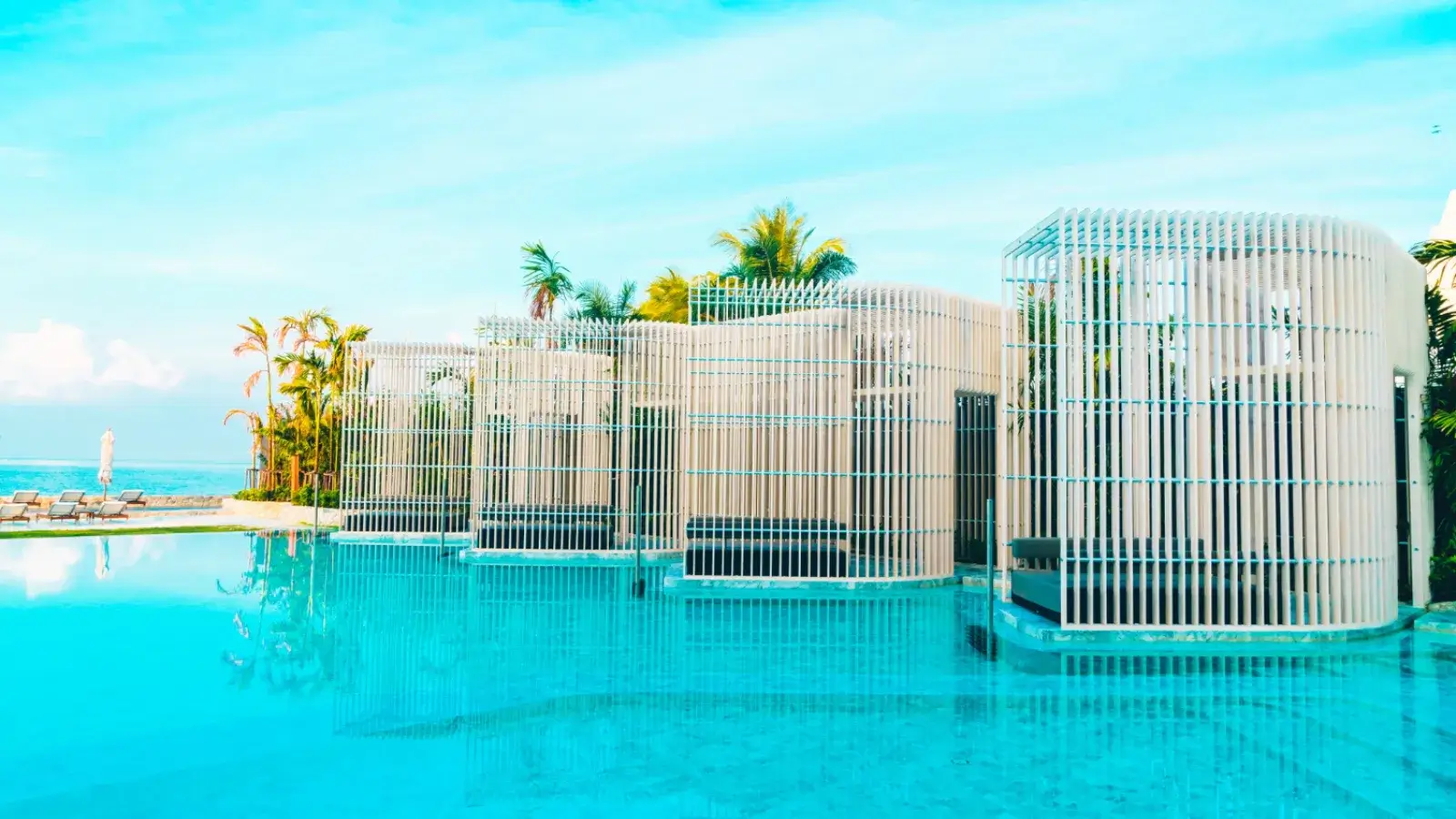


Pools are more than places to swim—they reflect how a business cares for its space and customers. Whether it’s a hotel, gym, or apartment complex, a smooth, clean pool surface makes a huge difference. Over time, though, pool surfaces crack, stain, or wear out. That’s where commercial pool resurfacing comes in. It’s not just about looks—it’s about safety, savings, and keeping clients happy.
When the pool surface starts falling apart, it doesn’t just look bad—it creates serious problems.
Small cracks in a pool's plaster or tile can cause big trouble. Water starts leaking, chemical balance goes off, and mold builds up. If left untreated, these cracks turn into leaks, and leaks mean higher bills. Even worse, they can lead to slippery surfaces or exposed rebar, which can hurt swimmers, and that opens the door to liability claims.
When guests or tenants walk into your property and see a chipped, faded pool, it sends the wrong message. People link cleanliness to quality. A rough, stained pool surface doesn’t just scare swimmers away—it hurts your brand. Whether you're managing a resort or a university gym, the condition of your pool says a lot about how you run your business.
Not all resurfacing materials are equal. The choice you make affects how the pool looks, feels, and lasts.
Traditional white plaster is budget-friendly but may only last 5–7 years before cracking. Pebble finishes look natural, last longer, and resist stains. Quartz surfaces mix crushed quartz with plaster and offer a mix of durability and shine. Choosing the right material depends on your pool traffic, climate, and style.
It’s tempting to go with the cheapest material. But in high-use commercial settings like YMCA centers or water parks, cheap materials break down fast. That means frequent repairs, more downtime, and extra costs. Spending a little more upfront can save thousands in the long run.
Resurfacing isn’t just about pouring new material—it’s a full project. And for commercial spaces, that means planning around your business hours.
No one likes to see “Pool Closed” signs. If the pool is a big draw for your clients, like in fitness centers or spas, long closures can mean lost business. Planning resurfacing during off-seasons or doing it in phases helps reduce downtime. Some businesses even offer guests discounts or vouchers during this time.
During resurfacing, equipment, dust, and workers will be around the pool area. That can create hazards. Fencing off the space, putting up clear signs, and keeping noise under control are smart moves. Keeping safety first avoids injuries and protects your reputation.
Resurfacing isn't just a fix—it's a smart business decision.
A fresh surface means fewer chemical imbalances, better filtration, and smoother cleaning. That means you’ll spend less on chemicals, less on repairs, and even cut down on heating bills thanks to better insulation. Plus, newer materials often resist algae, so you don’t need to clean as often.
In places like country clubs, schools, and apartment communities, people care about appearance. A bright, smooth pool surface draws the eye and invites people in. Clean edges, modern textures, and matching tiles give the whole space a facelift. More visitors mean more bookings, more residents, and better reviews.
More businesses today care about being green, and so do their customers.
Some commercial pool resurfacing materials contain harsh chemicals that release fumes, known as volatile organic compounds (VOCs). Choosing low-VOC products helps keep air quality better for both guests and workers. It's safer, cleaner, and better for long-term health.
When breaking up old surfaces, a lot of waste gets created. Some modern contractors offer recycling programs to crush and reuse materials. Even the water drained from pools during resurfacing can sometimes be recycled into landscaping use. These eco-steps not only help the planet but also boost your brand’s image.
Commercial pool resurfacing isn’t just about fixing cracks. It’s about showing that your business pays attention to details, values safety, and keeps up with quality. From saving money on energy and chemicals to impressing guests and keeping everyone safe, resurfacing plays a key role in running a clean, efficient operation.
Whether you’re managing a luxury hotel, a school gym, or a neighborhood clubhouse, don’t wait until the surface is falling apart. Take action early. Keep your pool clean, modern, and safe—and watch your business float above the rest.